Guanghe Monthly Issue 28
Involution and de-involution

The original theme of the Guanghe Lecture was to talk about the company's pioneering and innovative history. Be trendy and trendy all at once. To talk about the familiar innovation, it is more refreshing to talk about the inner volume of the Yunshan fog cover. Involution and innovation are just the opposite, and their meanings are much richer. Involution refers to a state of self-locking, which will lead to no substantial progress and development of society (individual, organization, industry), no ideological jump from technology, and the entire society stagnates at a low level. Trapped in a recurring cycle.
Involution is not vicious competition. Competition is originally a normal manifestation of human nature, and it is a human duty. There is no good or bad or good and bad, only whether it violates the rules agreed by everyone. In competition, if the rules are not violated, it is good, and if it is violated, it is bad. The good and the bad all refer to the behavior of the people themselves, not the competition itself. If you have money, you can do it. If you have no money, you can leave.
The involution is not that the people in the first row of the movie stand up and the people behind have to stand up, and the short people can't watch it. It's not a situation where everyone competes for a limited number of slots. Involution refers to someone closing the door of the movie theater, leaving you full of people who can only watch the movie. This is the only choice. This kind of situation is called involution. Whether you stand up or not, whether the competition is fierce or not, has nothing to do with the core essence of involution.
The concept of "involution" first refers to a cultural model, which was proposed by the American anthropologist Gordon Weizer, and refers to the change law of a social and cultural model, that is, when a cultural model enters the final fixed When they are in the state, they are gradually limited to their own internal complex transformation, which can no longer be transformed into a new cultural form. Corresponding to China's feudal society in 2000, we will also smile bitterly. This is not to say that we are familiar with, the world will be divided for a long time. Isn't it the reincarnation of our dynasty? Isn't that what Huang Yanpei and Mao Zedong's cave talk in 1945 called "the law of historical cycles"?
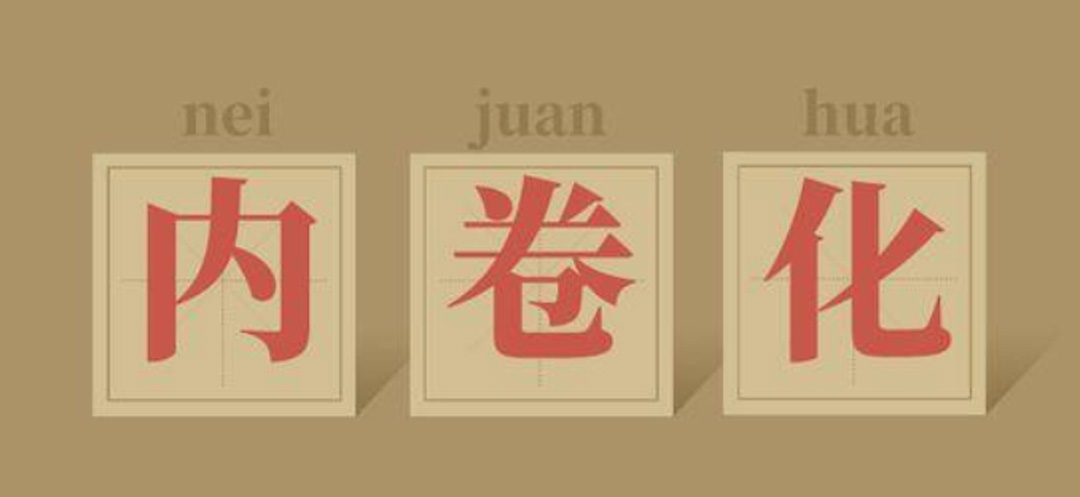
Later, "involution" began to be continuously expanded and extended to different fields, and gradually evolved into a description of a certain stage of stagnant economic development. It is widely known that American anthropologist Clifford Geertz, in his fieldwork on Java Island, continuously invested local labor in labor-intensive industries such as rice cultivation, so that agricultural production could not be extended to more economical industries. The phenomenon of production is called "agricultural involution". Saying you don't have to go that far from Java is an example of that is etched in my bones. As a child of a farm family, I am well aware of the hardships of the family, the feeling of not having enough food and clothing. This is because China's small-scale peasant economy is the world's longest-running and largest small-scale peasant economy, and it is also the economy with the highest degree of "involution". Especially since the Qing Dynasty, the population exploded and there was a surplus of cheap labor, which made it impossible to drive technological innovation, making the economic form of ancient China stagnant in the development of the small-scale peasant economy for a long time. This is typical involution.
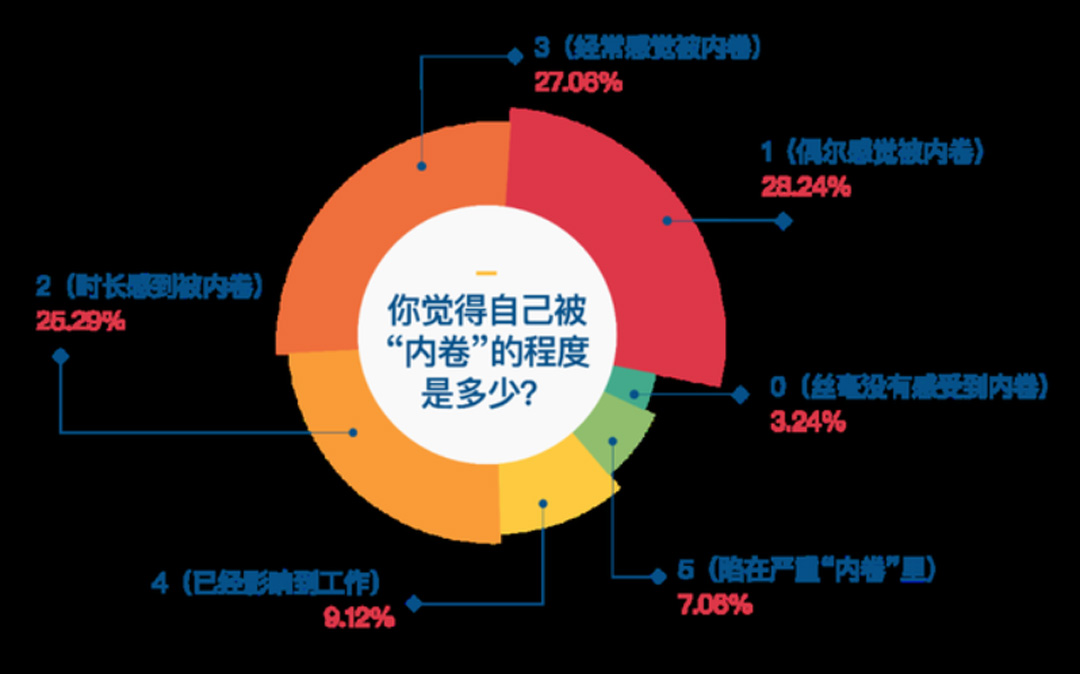
An introverted society is often because its culture itself has a deep-rooted closed nature and lacks external endowments. Even if it is open, it may shrink back at any time due to some accidental factor, become complacent in its own market and culture, and take the initiative to introvert. .
In contrast to modern Europe, why did they not involute? Instead, there was an industrial revolution, a technological explosion? And continue to output order? The reason is precisely that they can "go out" and "reach out". Their cultural endowments allow them to habitually look for resources outside and have the impulse and ability to find markets from around the world. This kind of open endowment has prevented them from falling into the predicament of self-locking and constant reincarnation, but has moved towards a development path of self-evolution, continuous self-iteration and self-renewal.
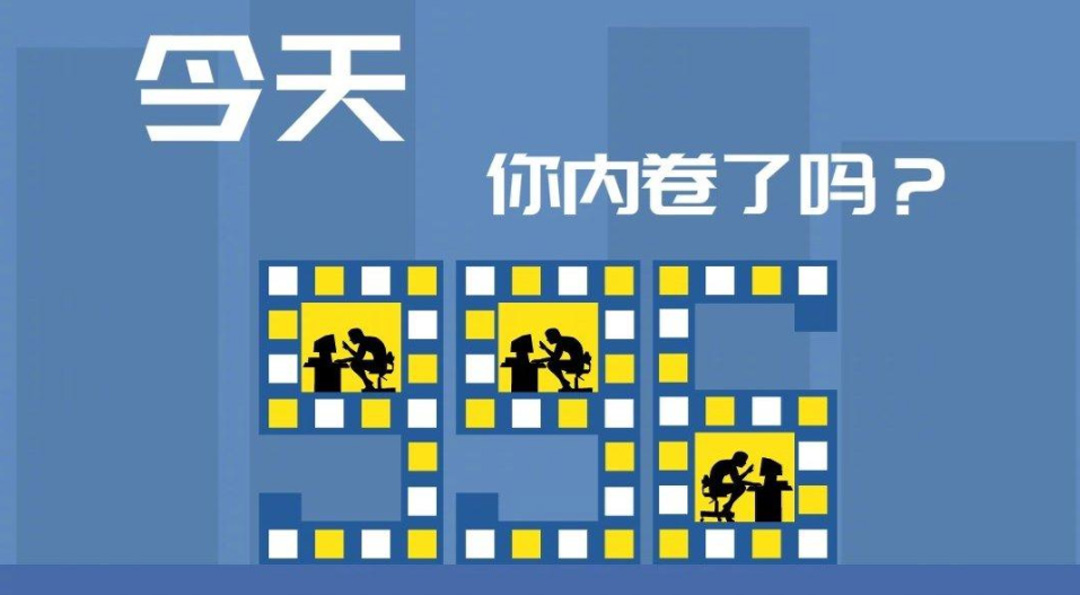
So knowing what "involution" is, how should we go about involution? How to break through the predicament and break out of the cocoon? That is: Obey the destiny - accept what you can't change, do your best - change what you can.
Some time ago, I talked to a graduate student of Li Dong. When he mentioned that I graduated in 1993, he was very surprised and said, "Oh, I haven't been born yet!" Isn't that a long-term story for the post-00s. I have been working for 27 years, and I have achieved nothing when I am over half a century old! When I think about it, I feel so apprehensive and ashamed! I strongly feel that the individual has been pumped and has been invoked!
Looking back on the opportunity of the company's rapid development, we cannot do without pioneering and innovation. In the spring of April 1993, I was sent to Delta by Mr. Shi Weiliang to participate in the practice of artificial seedling production in the river crab factory. After graduation, I was assigned to work in the company. In 1994, I directly participated in the production as a technician. With the maturity of rotifer production technology, the small experiment of raising seedlings in earthen ponds in 1995 achieved the breeding effect of natural seedlings in the Yangtze River. Subsequently, Mr. Li and Mr. Jin were hired to jointly tackle key problems, so that ecological seedlings quickly replaced factory seedlings and became the mainstream technology for 99% of the output of Larva of river crabs nationwide. With the gradual maturity of ecological seedling technology, the output of crab seedlings from Dawa to Rudong has stably ranked first in the domestic market share, establishing the company's position in the industry. However, with the emergence of competitors represented by "Aohua" and "Old Fishermen" who are backed by strong capital and armed with new marketing methods in the new era, our industry status is not guaranteed! Coupled with rising land rent, labor, and prices, the unit benefit of ecological seedling production has fallen behind most marine aquaculture projects. The quality of "Photosynthesis No. 1" is unstable, milk disease is rampant, etc., and our survival issues have to be considered. Examining and reflecting on ourselves, the precarious situation we are in today is because we have been trapped in a serious involution by cocooning ourselves.
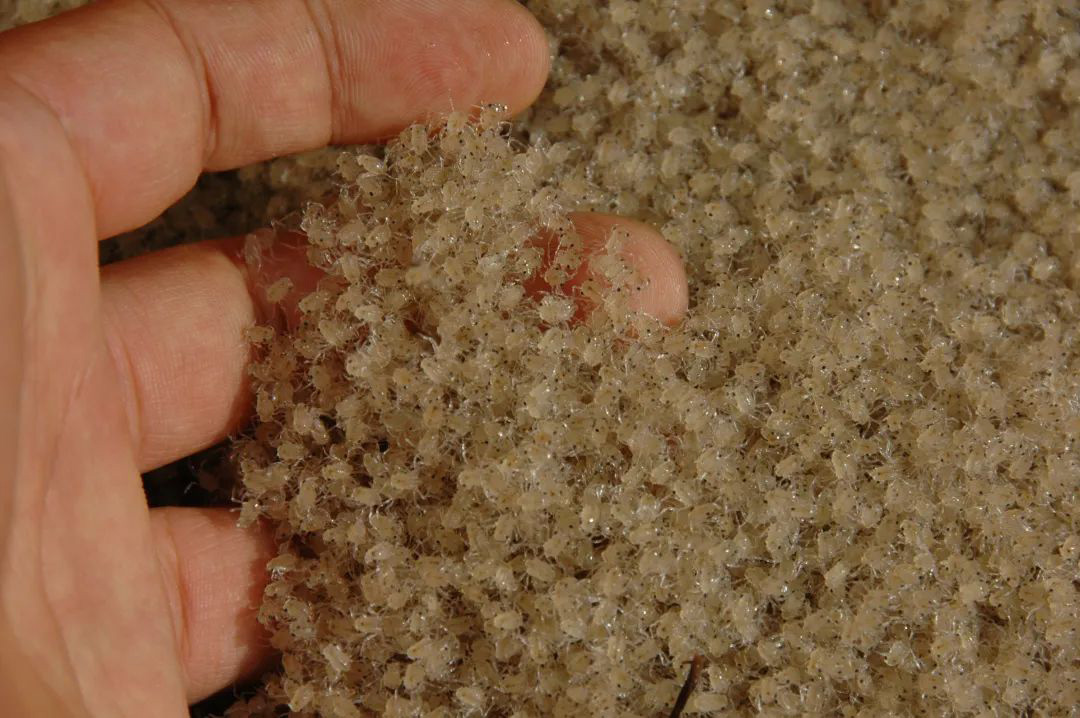
The intensification of industrial development is unstoppable. Moore's Law, as we all know it, is that the number of transistors on an integrated circuit doubles approximately every 18 months and the performance of a processor doubles. When the physical limit of silicon-based chips seems to have hit the ceiling, the ensuing tens of billions of performance jumps for carbon-based chips and quantum chips have already leaked dawn. Academician Yuan Longping's super hybrid rice yields 800, 900, 1000, and 1500 kilograms per mu, and it will frequently be featured in the media. Crops will hit the ceiling of photosynthesis, but Israel's tomato yield of 60,000 kilograms per mu is also jaw-dropping. At the beginning, we switched from factory seedlings to soil pond seedlings, which seemed to be an anti-intensive operation. That was because the industry encountered a devastating disease and quality problem. "A method of gathering factor advantages, saving production costs and improving unit efficiency", although the yield per unit area has declined, it has become an improvement in industrial intensification due to its good quality, high price and high efficiency. The unit yield of our "Dong" brand ecological seedlings has increased from 2 catties in 1996 to 340 catties in 2011, and the unit price has also dropped from 3,500 yuan to less than 300 yuan (average price in the north and south). This price has been maintained for more than ten years. Costs are increasing year after year, prices are rising, and currencies are depreciating. In fact, our unit benefits are declining year by year. This is the inverse intensification that is stagnant. Below is a breakdown of how we approached involution step by step and our personal views on how to get there.
When Li Peng's team set a record of 340 jin per mu, there was still a quality problem. For this reason, the company adjusted the model to set the per mu yield to be about 150 jin. At the same time, we also avoided the real efforts to solve the quality problem. This measure has limited effect on stabilizing quality, and subsequent quality problems are still frequent. In the past two years, from south to north, nutrition has been increased by adjusting the time of seedling harvesting and emergence, and the quality problem has been significantly stabilized. The yield per mu of soil pond seedlings is neither 150 nor 350, it should be higher, and it will be higher. Everyone asked, how can it grow infinitely? Where is the ceiling? The plant nursery was 1.5 jin/m³, which is equivalent to 2,000 jin per mu. It is common for fish and shrimp in ponds to produce more than 3,000 jin. The load capacity of biological flocs that do not change water or change less water is currently reported to reach 50 jin. /m³, equivalent to more than 50,000 catties per mu! Ceilings hardly exist for us yet. Because otherwise, the project will be eliminated from the point of view of benefit. Because we turn a blind eye to the ostrich practice bypassing the study of the reasons for the poor quality of high-yielding seedlings, its primary cause is insufficient effective food intake per megalopa. We all know that the Z5 will not become a big-eyed if it is not full, but the big-eyed will not become a baby crab if it is not full. It's just that the death process doesn't feel particularly painful for the client. Of course, the poor quality of high-yielding seedlings is not only in nutrition. With the increase in unit yield, it will still embark on the old road of declining quality of plant seedlings. This mainly starts from the regulation of the water environment. The current per-unit yield level will change quite drastically in the later stage, not to mention at a higher per-unit yield level. High pH and ammonia nitrogen are all closely related to microorganisms. Among them, phytoplankton is intuitive, and its regulation is more laborious, but we are making continuous attempts, but our understanding and use of microecological preparations that have been commonly used in the industry are still very slow. At the same time, the use of probiotics in other seawater projects has become a routine operation with high frequency and high dose. Ecological farming that does not play with microorganisms is a hooligan.
Although "Guanghe No. 1" is a sharp sword for us, its current benefit to the company is still relatively small. The potential of "Guanghe No. 1" still needs our continuous innovation and exploration, but to stabilize and improve its quality is the top priority.
Our current production area of seedlings is basically about 1:3, so the most important link that constitutes the production efficiency of ecological seedlings is the per unit yield level of rotifers. Brachiocephalus delta folds has been cultivated since the autumn of 1993. In 1994, the large-scale yield was more than 200 catties per mu. In the past two years, the yield per mu of individual delta plants exceeded 600 catties. It has tripled in 27 years, and crab seedlings have increased 170 times in 15 years! Or the problem of the ceiling, everything has its limit, what is the limit of the rotifer per mu? Teacher Liu Qing's literature reports that the cultivation of rotifers in Japan has reached the level of biomass of 160 catties/m³. Of course, that is a highly intensive method. According to our reality, the monthly yield per mu can easily exceed 10,000 catties! This ceiling is too far away from us, and there must be some tricks when we approach the limit. The high yield of rotifers still starts from the regulation of feed nutrition and water quality. The bait is chlorella and fermented chicken manure. It is not excluded to feed ready-made bait such as feed yeast. At present, the most cost-effective chicken manure fermentation is the key to start. The main means of water quality control is the effective and reasonable fermentation of chicken manure. Corresponding animal health products should also be practically tested. If a breakthrough is made in the per-unit yield of rotifers, the delta alone can achieve an annual output of 100,000 kilograms of ecological seedlings. In the past two years, I have made some attempts intermittently and have failed. Because of my personal ability, my failure does not mean that rotifers will inevitably fail to produce high yields!
From the perspective of the output benefits of resources such as unit land, the problems faced by the pond recultivation after the production of ecological seedlings are mainly water quality control and disease prevention and control. The use of animal health products such as probiotics is an important means. In this regard, our colleagues have made many useful attempts and demonstrations, and the exploration of our own characteristics should be accelerated. Including the whole season of seawater projects, the daily rent of 3,000 mu of land next to our Erjiegou base is 1,800 yuan per mu, which is still far from ours in terms of their breeding technology. Recently, there is an interest in seeking cooperation with us to develop large-scale marine aquaculture. What confidence do we use to respond to each other? How to make a profit when you get it? The reality requires us to make real efforts in marine aquaculture technology.

Most of the difficulties encountered in the seedling room of the workshop are avoided, which makes a large number of assets basically in a closed or semi-idle state. The technical process is primitive. It is necessary to keep pace with the advanced water treatment, oxygenation methods, water quality control and testing, heating and energy saving, etc. . This year, we have launched 22 high-temperature sheds of 20,000 square meters. Efficient facilities and equipment need suitable projects and advanced technology to operate, and it needs to generate the benefits that should be produced.
If a worker wants to do a good job, he must first sharpen his tool. From the seedling room to the pond, our mechanization, automation and intelligence have not kept pace with the times for 30 years. High-intensity labor-intensive is more and more difficult! This is due to the inertia of path dependence over the years. This situation is unsustainable, and we cannot wait to find a solution after falling into the pit. It is impossible to take precautions. It is the first step to use some mature equipment on the market. It is also necessary to transform and create corresponding energy-saving and efficient facilities and equipment according to our own characteristics.
The company has been contracted to operate Clam Post for 10 years. We are basically eating resources, and we are still at a low level, day after day, year after year. The utilization rate of 150,000 mu of Bohai Golden Beach is too low! We have not been able to try to develop and utilize a large amount of idle area. This year, the company launched 800 flat pontoons, creating a convenient platform for our mechanized mining and improvement of tidal flats. At present, we mainly use high-pressure pumps to carry water for the harvesting of the four-horned clams. On the one hand, the cost of workers decreases and the cost increases; secondly, due to the high quality problem of sand choking and high mortality, the market response is not good, the price is low, and the effect of transplanting seedlings is not good; The sales radius of time keeping alive is small; fourth, sediment separation and destruction of mudflats are not conducive to the growth of shellfish. Now that there are shell pickers on the market, most of the above drawbacks should be overcome. There is an urgent need for us to introduce and transform the mechanized shell mining machine operation method. For abandoned or inefficient tidal flats, it is necessary to carry out mechanical construction projects such as tillage improvement, experimental small enclosures, etc.
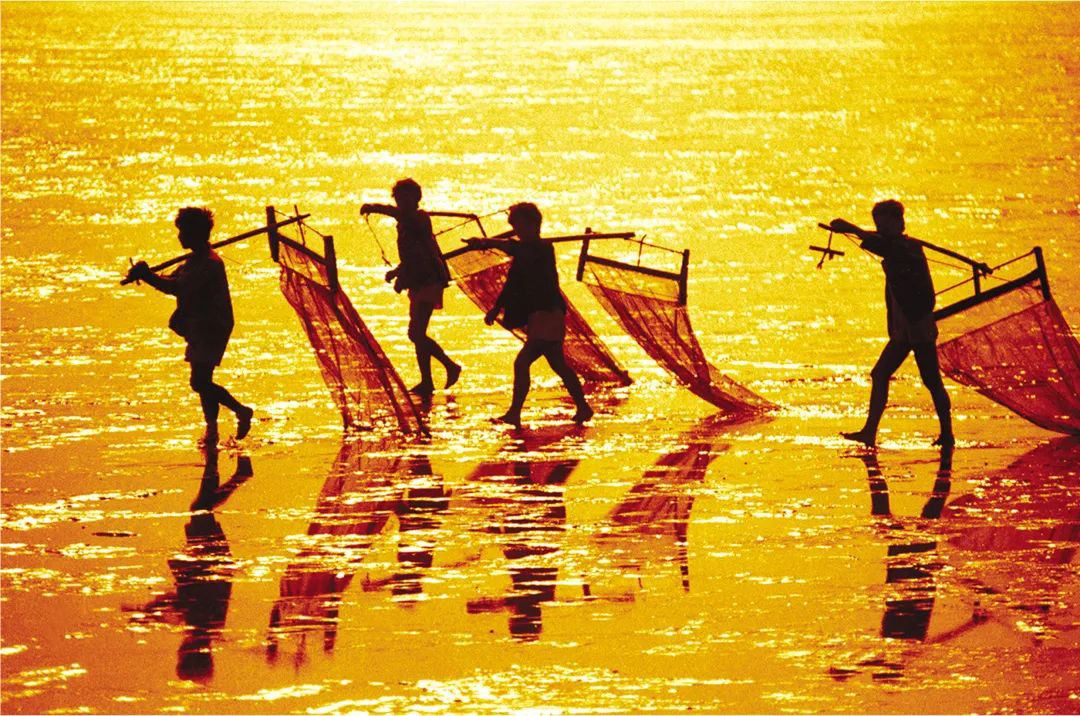
The deep-sea cage culture represented by Norway has already reached an incredible level. According to reports, the working environment of this super aquaculture equipment is selected in the deep-sea ocean where the ocean self-purification ability is stronger. The platform is 75 meters high, the working water depth is 55 meters, the diameter is 120 meters, and the effective breeding water body is 250,000 m³, which is equivalent to 200 standard swimming pools. The area is equivalent to the area of 7 football fields. One cage can breed 6,000 tons of fish, which is equivalent to the total output of 3,000 catties per mu and 4,000 mu of ponds. It is a veritable "super fish farm". It is better to retreat and make nets in Linyuan. We do not have a deep sea of 100 meters, but the golden beaches in the intertidal zone and subtidal zone have water and sunshine. Every day, the water is changed in two tides, which has its own incomparable advantages. For us, the marine ranch that the state is now vigorously supporting is just how to open up wasteland! One word: "dry" and it's over!
To this end, I suggest that the company establish three doublings in its 14th Five-Year Plan: doubling the unit benefits of clam hill ecological seedlings and seedling room breeding ponds; promoting mechanization, automation and intelligence to double the per capita output value and profit; doubling the income of employees, customers and shareholders.
Project Department: Bai Yongan

Scan the code to follow us
WeChat|ghxiedaojia
This is a public account with a soul